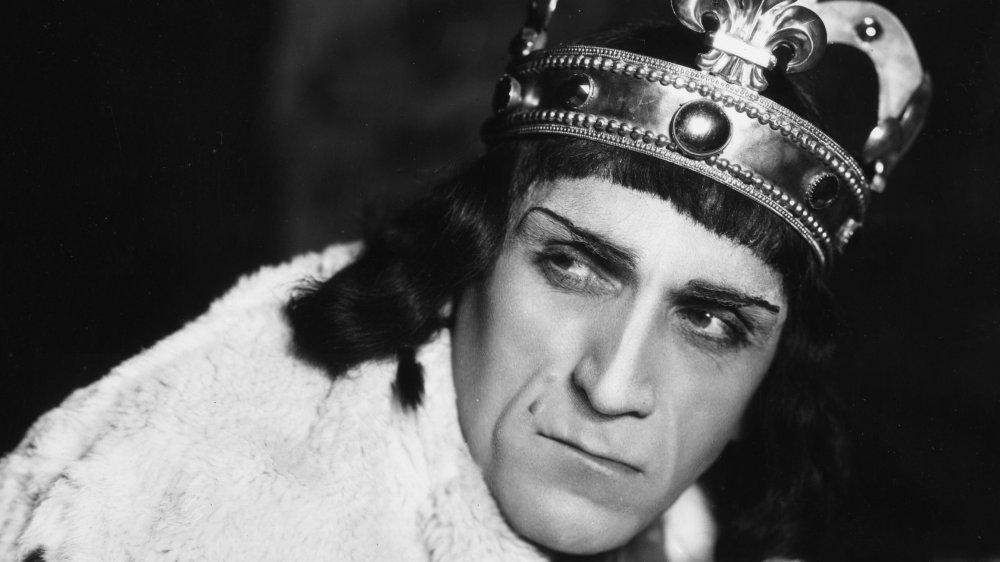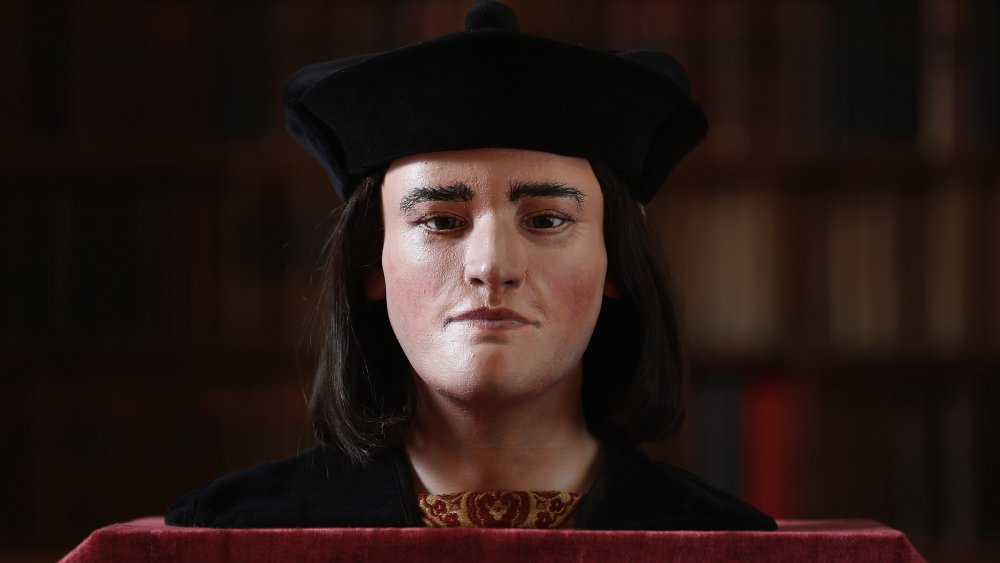Was King Richard III A Monster Or Just Misunderstood?
The surviving image of Richard III is an evil hunchback who took the throne by committing a series of murders and was so wicked that his reign had to be cut short after a couple of years. Today, we have article headlines like "From Richard III to Johnny Rotten: The changing face of evil." We now know that Richard III suffered from scoliosis, as LiveScience announced. However, while there is some truth in the portrayal of his hunched deformity, many have taken arms against the idea that he truly was the face of evil.
The Richard III Society has struggled to reclaim the image of the king, with their president's words setting a very grand tone: "the purpose—and indeed the strength—of the Richard III Society derives from the belief that the truth is more powerful than lies; a faith that even after all these centuries the truth is important. It is proof of our sense of civilised values that something as esoteric and as fragile as reputation is worth campaigning for." And, in balance to the society, there is some reason to give Richard III a little bit of the doubt's benefit. His death marked the end of the War of the Roses, a decades long conflict over which family branch should rule, and the following dynasty, the Tudors, were keen to present their rule as legitimate. The most obvious way to do this is to portray a monstrous Richard III.
An endless propaganda war
The futility of the fight — on both sides — can be found in the furor that erupted after the discovery of Richard III's skeleton, which also led to the discovery of his scoliosis. In History Today, Dr. Sean Lang, a Senior Lecturer at Anglia Ruskin University, wrote a piece against the society's takeaway from the DNA discovery: "The Society has long claimed that the famous portrait of Richard III in the National Portrait Gallery is a piece of wicked Tudor propaganda designed to make him look evil. The reconstruction of Richard's face from his skull shows that the portrait is in fact a remarkably good likeness. Tudors 2; Ricardians nil."
The likeness, which is shown in the image above, is a reconstruction based on DNA, true, but the artist who made it was almost certainly influenced by the portraits of Richard III we've inherited. Yet, it's also true that he could have looked exactly as later artists depicted him. After 500 years, there's no way to know. And that's the real issue with clinging to either side of the debate. Without some tell all historical document surfacing, we can only interrogate the records we have and their biases.
The truth, however, is irrelevant. As Allan Massie, who believes it's incontestable that Shakespeare's version of Richard III is sheer propaganda, also told the BBC "[King Richard] can't compete with the compelling vitality of Shakespeare's deformed villain... [Shakespeare's Richard] has imprinted himself on our imagination."

